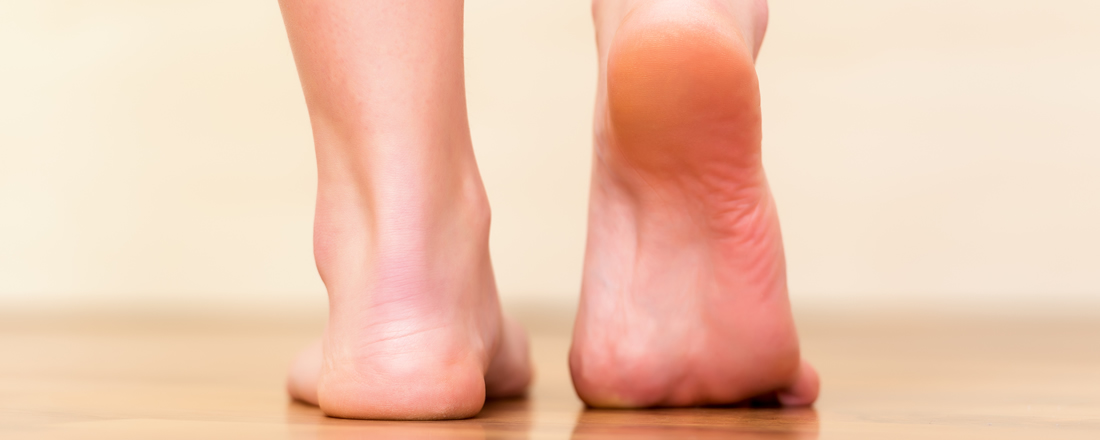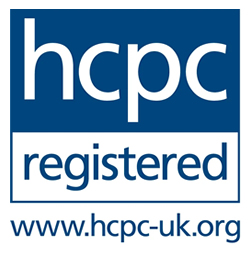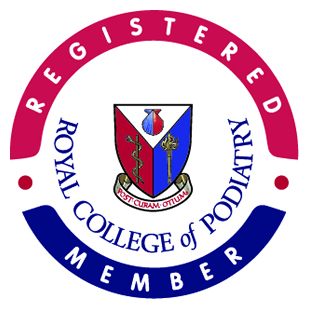
Musculoskeletal Assessment (Biomechanics)
Biomechanics
In podiatry biomechanics and gait analysis examine structure, alignment and movement of feet and lower limbs.
“Gait Analysis” is a clinical term meaning the formal measurement of a walking pattern. Gait Analysis may be performed by podiatrists who would look at you walking or running in order to assess your joints and muscles during the gait cycle.
During an average day, we take about 8000 steps and, depending upon our weight, this adds up to a cumulative weight of about 600 tons through our feet. Gait analysis is commonly used to help athletes run more efficiently and to identify posture-related or movement related problems in people with injuries and muscle fatigue. Any misalignment in the structure of the feet may result in pain and can cause foot, knee, hip and lower back pain.
The foot is our body’s interface with the ground we walk on. When we walk or run the way our feet interact with the ground causes associated movement in the lower limb, lumbar, spine and pelvis. This is a normal occurrence, but sometimes subtle variations in the shape and mobility of our feet lead to changes in the interaction with the ground often placing excessive stress and strain on not only the foot but also other parts of the body.
Podiatrists understand that they need to consider the whole body when analysing lower limb problems. Treatment can take the form of exercises, insoles or orthoses.
Common conditions requiring a musculoskeletal assessment:
- General foot pain (Excessive Pronation)
- Paediatric foot problems
- Flat feet
- Heel pain (including plantar fasciitis)
- Foot stress fractures
- Bunion pain or other concerns.
- Painful big toe joint (Hallux Limitus/rigidus)
- Forefoot pain (morton’s neuroma, tendonopathies, metatarsalgia)
- Tendon problems
- Arthritic foot pain
- Lower Back/Pelvis/Hip/Knee/Leg problems
What to expect when having Gait Analysis
When attending for a musculoskeletal assessment or gait analysis you will need to wear comfortable clothing. You may be examined walking in bare feet and with footwear, and your posture, hip position and lower limb and foot action will be recorded.
You may have a hands-on examination.
What can you expect?
The podiatrist will take a full medical history to get a better understanding of the problem They will try to locate the precise area of pain and try to determine the cause if possible, in order to diagnose and treat the condition correctly.
Part of the consultation may include:-
- A hands-on assessment of the area
- Muscle and joint ranges of motion tests
- Measurements with a digital goniometer
- A standing assessment
- An in-chair assessment
- A gait (walking) assessment
- Footwear assessment
Treatment may include
- Exercises
- Advice such as rest, ice, massage, stretching etc
- Orthoses (inserts or supports to place inside footwear)
- Manual Therapy (eg massage, mobilisation, manipulation)
- Extracorporeal Shockwave Therapy
- Ultrasound with guided steroid injections which would require a referral to our specialist practitioner Mr Simon Duck


